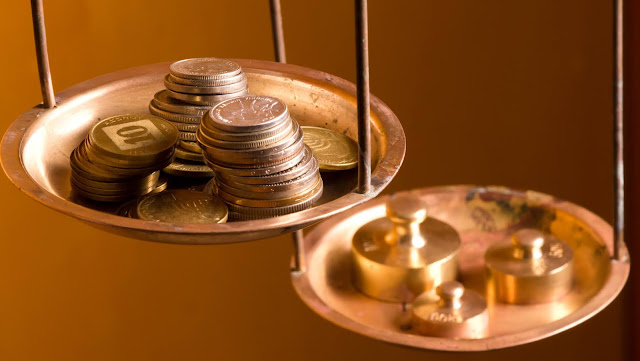Long term value in a precious metal
Why copper is a real investment in the future.
Copper is the most remarkable metal. It is not strictly a ‘precious’ metal of course, but its multiplicity of uses renders that distinction irrelevant. It’s much cheaper than gold but many times more useful, and it’s 100% recyclable without any loss of its properties. In fact, it is estimated that as much as 50% of Europe’s demand for copper (and 35% worldwide) is met from recycled sources, and that at least 60% of all copper ever produced is still in use.
Greening
the world with copper
Although copper production can have a relatively high
carbon footprint (it varies considerably depending on origin), its complete
recyclability renders it carbon efficient in the long run. And once produced,
copper alloys empower sustainable development.
Copper is already making a contribution to a low carbon
future. It is essential for wind turbines, which use it in their ring
generators, and it features significantly downstream, once the electricity is
generated – electric cars, trains, and circuit boards all use copper to
maximise efficiency and durability.
Copper,
everywhere
There are other uses which are less dramatic, but still
important. Copper is second only to silver in its heat conductivity, so copper
saucepans are prized possessions, and copper alloys are now the most common
metals for coins. Despite the trend towards digital payment, many economies continue
to rely on coinage and, because of its recyclability, copper features prominently.
Copper’s resistance to corrosion means it’s not only ideal
for piping clean water, it is also used in the storage of nuclear waste. Copper
is used in the superconductors in the Large Hadron Collider at CERNE, and more
prosaically copper is still the favourite metal for electrical wiring. Copper
coating on some surgeons’ scalpels aids conductivity, so the blade can be
heated, cauterising as it is cuts and reducing bleeding.
Sourcing
and recycling
For industrial applications, copper is generally considered
to be third in importance only after steel and aluminium. And demand for copper
and its alloys is expected to increase by 50% in the next 20 years, from 28
million tons per year to 42 million tons in 2040. Some estimates, citing
growing use in sustainable industries and green technologies, puts demand
showing a staggering tenfold increase by 2050.
Apart from copper wire for electrical use, which is made
from the freshly milled metal, recycled copper therefore has real importance in
the supply chain. Fortunately there are well described standards for recycled
copper and copper alloys – there are international, European and domestic
specifications governing purity of scrap and the final recycled product.
Ask
an expert
As Europe produces approximately 45% of the world’s
recycled copper, there is a good chance that recycled copper products bought in
the UK are of European origin. If it comes from outside the EU, it will still
be produced to recognised standards. And, of course, if you’re curious, your wholesaler
will be able to confirm exactly what you’re getting – with a copper bottomed
guarantee.
Data quoted in this article can be found at https://copperalliance.org/
--
Advanced Alloys Ltd is a specialist supplier of products made from the highest quality
alloys of copper, brass, bronze and zinc. They have an exhaustive range of
products suitable for all industries. Alloys can be delivered in wire, tube,
sheet or bar form, and cut, bent or manipulated as required. An experienced
logistics team makes sure that products reach their destination in perfect
condition and on time every time.



Comments
Post a Comment